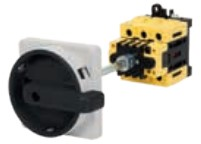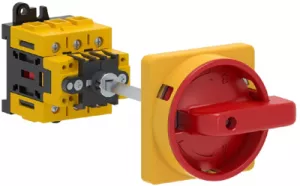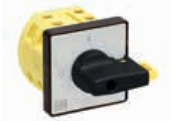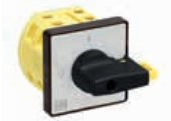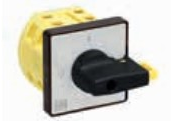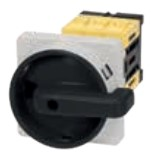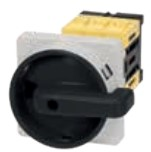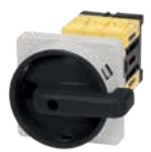Circuit Breakers

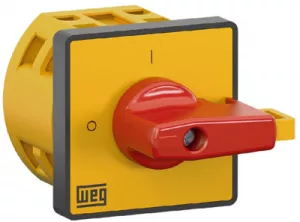
Order No.:
12G5069
Manufacturer SKU:
12258388

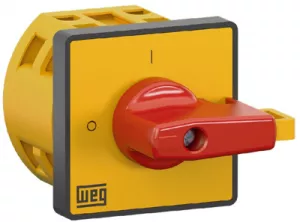
Order No.:
12G5071
Manufacturer SKU:
12258389

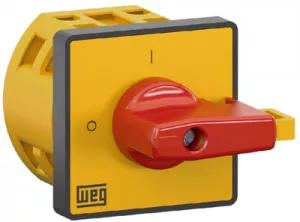
Order No.:
12G5073
Manufacturer SKU:
12258390

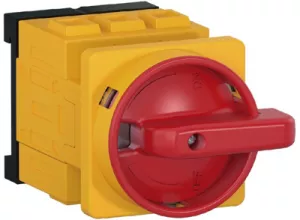
Order No.:
12G5075
Manufacturer SKU:
15481462

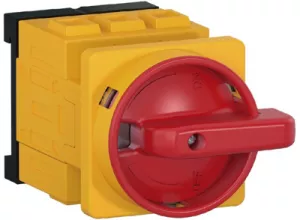
Order No.:
12G5077
Manufacturer SKU:
15481464

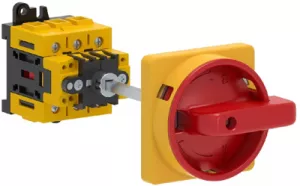
Order No.:
12G5079
Manufacturer SKU:
11898942

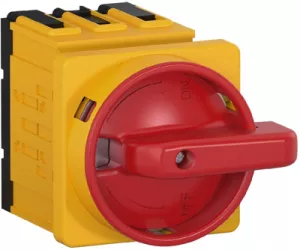
Order No.:
12G5081
Manufacturer SKU:
11898922
Order No.:
26G361
Manufacturer SKU:
12741919
Order No.:
26G363
Manufacturer SKU:
12741918
Order No.:
26G364
Manufacturer SKU:
12741924
Order No.:
26G365
Manufacturer SKU:
12741925
Order No.:
26G366
Manufacturer SKU:
12741926
Order No.:
26G367
Manufacturer SKU:
12741893
Order No.:
26G368
Manufacturer SKU:
12741892
Order No.:
26G369
Manufacturer SKU:
12741894
Safety guaranteed: Functions and advantages of switch-disconnectors
Circuit breakers are used to protect electrical circuits by automatically switching off in the event of an overload or short circuit. They can be switched back on, eliminating the need for one-way fuses. Switch-disconnectors, on the other hand, specialize in safely isolating electrical circuits from the power supply.
Unlike circuit breakers, switch-disconnectors do not perform a protective function, but merely ensure safe isolation as well as prevention of accidental switch-on. Both electromechanical components are indispensable in electrical installations and in the energy sector, with circuit-breakers primarily ensuring the protection of installations, while switch-disconnectors are used for maintenance and repairs.
